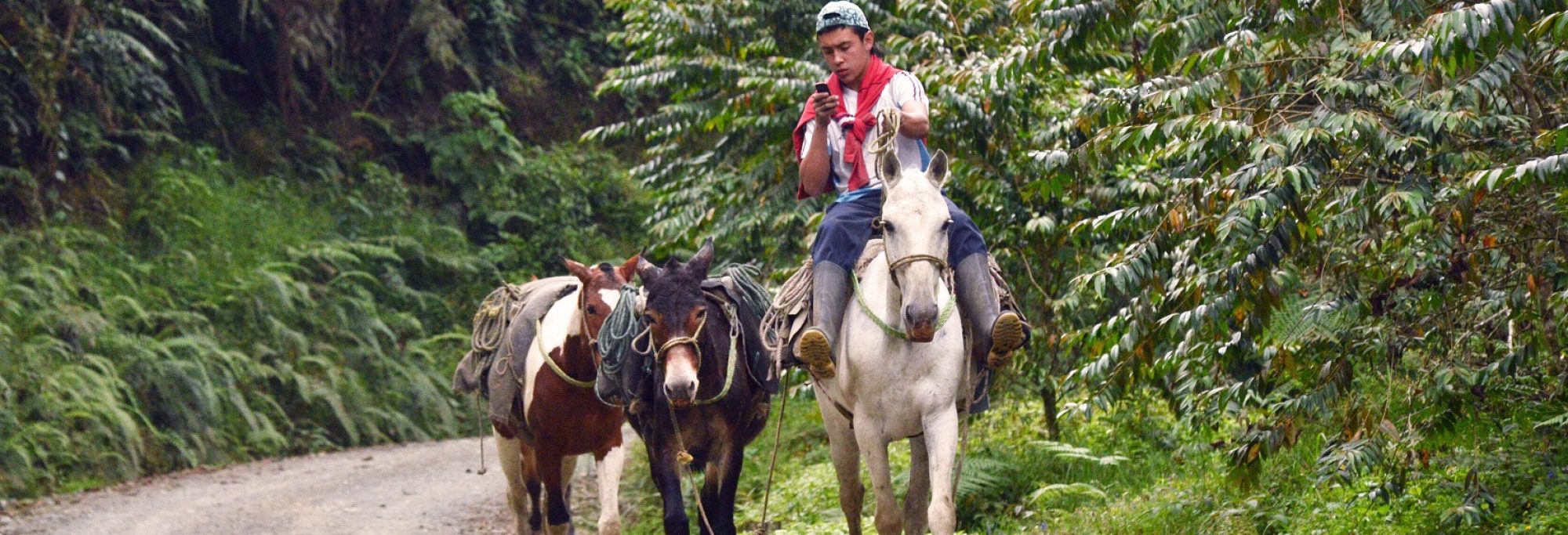A new dinosaur found in Argentina, researchers find Brazil’s ‘Atlantis,’ and the future of hybrid rice in Latin America.
ARGENTINA A new dinosaur has been discovered in southern Argentina. Comahuesaurus windhauseni, found in Neuquen, Argentina, is a sauropod, a large herbivore known for its long neck. The specimen, thought to be 15 meters long, was discovered by paleontologist Jose Luis Carballido. The findings were published in the journal Historical Biology. A group of scientists … Continue reading A new dinosaur found in Argentina, researchers find Brazil’s ‘Atlantis,’ and the future of hybrid rice in Latin America.
